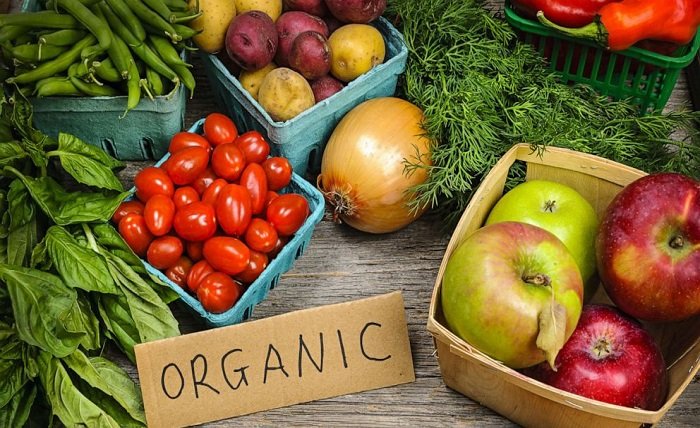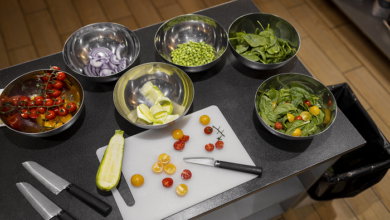How to Get Organic Fruits and Vegetables

Organic fresh food is an ideal option for shoppers both online and at local grocery stores alike, both being healthier for themselves as well as more eco-friendly than their counterparts.
Avoid pesticide residue by purchasing organic versions of the most heavily-contaminated fruits and vegetables from EWG’s Dirty Dozen list. This will allow you to narrow your shopping focus.
Look for the label.
As part of your effort to consume less pesticides and purchase Greensoul organics food products, it’s beneficial to know exactly what fruits and vegetables you are buying and identify them correctly. An easy way is to look for PLU (price look-up) codes affixed to most produce items.
Produce labeled with a five-digit PLU code beginning with 9 is certified organic.
Checking the Environmental Working Group’s Shopper’s Guide to Pesticides will also be useful; try searching for items with less pesticide residue. And if organic foods are out of reach for you just yet, there are other ways you can add fruits and veggies into your diet:
Check the ingredients.
Organic foods offer an effective solution, thanks to federal guidelines regulating pesticide, fertilizer, drug and soil quality use as well as animal husbandry practices.
Find out where and how your food was grown by using the International Federation of Produce Standards (IFPS) website to enter its PLU code. The first number on its sticker indicates whether the fruit or vegetable was produced conventionally or organically.
Not everything labeled organic is necessarily healthy; even organic processed food may still contain excessive sugar, salt and fat content. To stay on the safe side and avoid these processed products altogether, prepare meals from scratch using organic produce.
Check the price.
Organic produce has become more and more affordable over time, yet families may question if its additional cost justify their decision to go organic.
At last, there are ways to make organic foods more affordable. One such approach is buying frozen organic produce; frozen food tends to be less pricey than fresh and can still provide just as much nutrition. You could also keep an eye out for sales at local grocery stores and organic markets and don’t forget coupons; coupon savings of 25%+ on organic produce is possible by shopping these deals! The Environmental Working Group’s Clean Fifteen and Dirty Dozen lists are also useful guides when determining which fruits and vegetables deserve to be purchased organic whole which non organic produce can still be eaten safely.
Buy in season.
Produce grown during its season is typically cheaper and healthier for you, having spent less time traveling or being stored awaiting sale. Also, organic varieties tend to be sweeter when harvested at this time. Small farms tend to grow seasonal produce by default so as to avoid using chemicals such as artificial gasses to ripen fruit before shipping it off.
Related article: Is it worth it to use a food dehydrator?
Idealistically, all foods should be organic; however, this may not always be possible for most. Therefore, it’s important to prioritize purchasing organic produce when possible for those with the highest risk of pesticide exposure, including those listed on the Dirty Dozen list and seasonal local produce when possible – both are also best for the environment!
Try new recipes.
If you need assistance adding more fruits and vegetables into your diet, why not attend a cooking class or take home recipe cards from the grocery store? Produce managers are usually happy to provide buying tips as well as preparation techniques that can make vegetables taste even better.
While an organic diet may not be possible in its entirety, if shopping for organic produce isn’t an option, focus on foods with the highest pesticide residue levels. Each year, the Environmental Working Group publishes their “Dirty Dozen” and “Clean Fifteen” lists of fruits and vegetables with high and low amounts of pesticide residue respectively.
Follow these easy tips and you can start eating more fruit and vegetables that are good for both yourself, the environment, and your budget.




